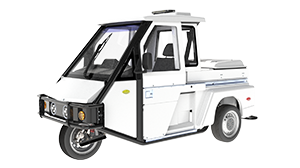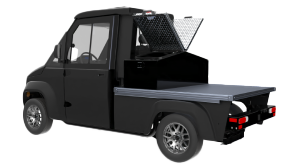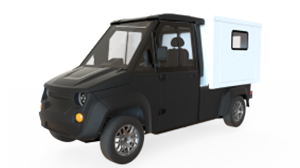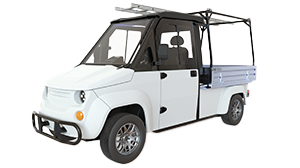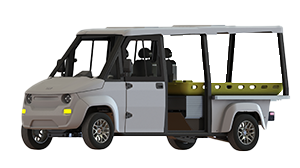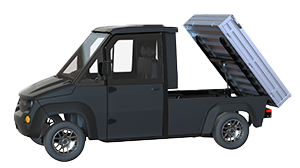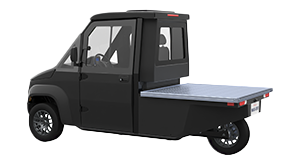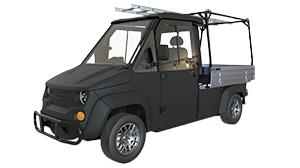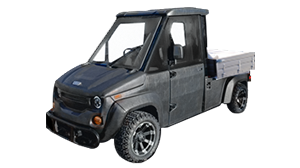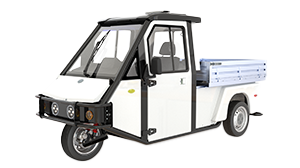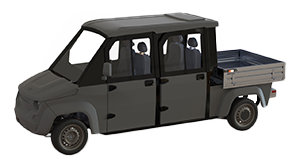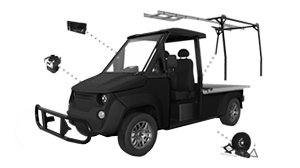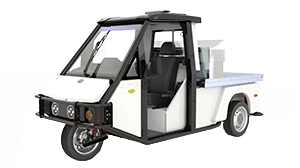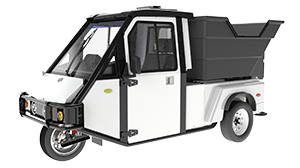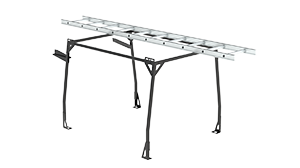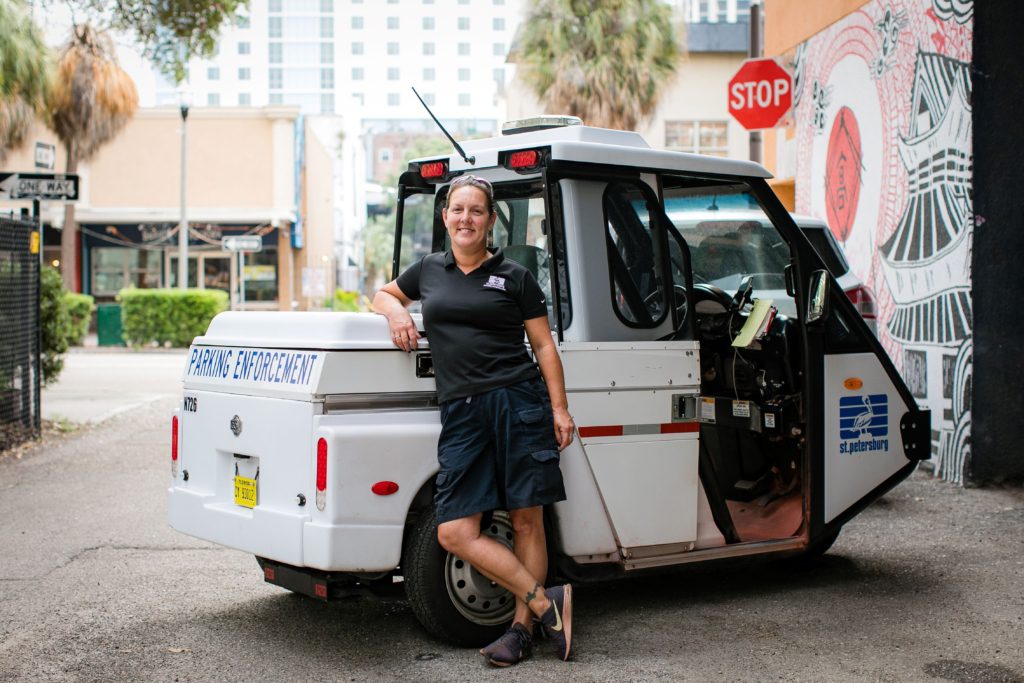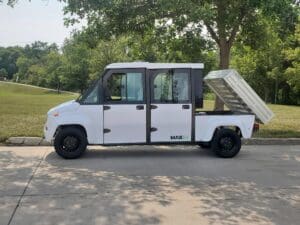California’s bustling cities have faced numerous transportation challenges, from traffic congestion to limited parking space. However, the GO-4 has long emerged as a solution that addresses these issues and operates very well in dense congestion, making it an indispensable asset for the cities it serves.
This article will cover how the GO-4 has been extremely useful in California and operates perfectly for the cities it serves.
The GO-4: An Overview
The GO-4 is a compact and versatile motor vehicle designed specifically for urban environments. Classified as a three-wheel motorcycle, its functional design and small footprint allow it to navigate through narrow streets and tight spaces with ease. The GO-4 promotes sustainable transportation while reducing the municipality’s overall carbon footprint and is equipped with eco-friendly features, including low-emission engines and energy-efficient electric systems. Its efficient fuel consumption and low operational costs make it an economically viable option for cities.
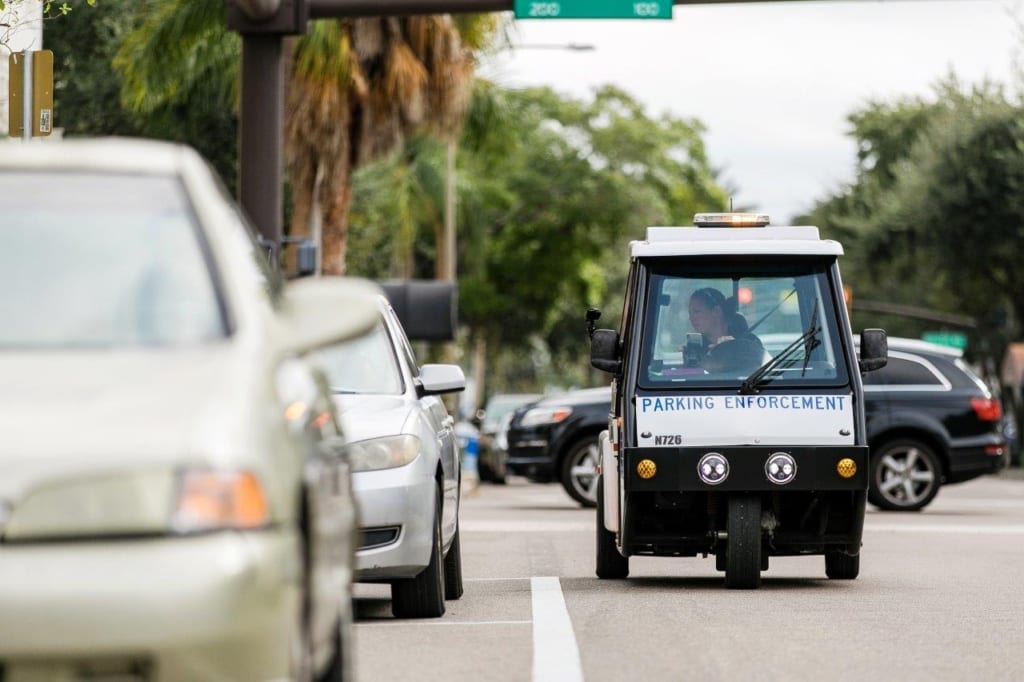
Enhancing Mobility in California’s Cities
The GO-4, a street-legal vehicle, has significantly improved mobility in California’s city fleets by tackling two critical issues: traffic congestion and accessibility. With its compact size, the GO-4 can swiftly maneuver through congested areas to assist with significant traffic jams and improve overall flow while adhering to the speed limit.
Additionally, the small footprint of these motor vehicles enables efficient parking. Thus optimizing available space and decreasing the demand for larger vehicles.
The GO-4 is primarily designed for a prominent role in parking enforcement. Regardless of city size, its long-range battery options easily take it the distance throughout back-to-back shifts and beyond. With various setups available, including manual chalking and automatic license plate readers, the GO-4 is an ideal vehicle for parking enforcement officers, as it enables them to navigate through congested areas and issue parking citations safely and efficiently.
Promoting Sustainable Transportation
California is committed to reducing greenhouse gas emissions and transitioning to a greener future. The GO-4 aligns perfectly with this vision by significantly reducing carbon emissions and environmental impact. Its low-emission engines contribute to cleaner air quality, making it an eco-friendly choice for urban transportation. By promoting the use of GO-4 vehicles, cities can encourage residents and businesses to adopt greener modes of transport and support the state’s sustainability goals.
In addition to its eco-friendliness, the GO-4’s regenerative braking system contributes to its sustainability. The system enables the vehicle to convert kinetic energy into electrical energy, which is then stored in the battery and used to power the vehicle’s electrical systems.
Challenges and Solutions
Addressing concerns about safety and reliability on public streets is paramount in the widespread adoption of GO-4 motor vehicles. A GO-4 must comply with safety requirements set forth by the Federal Motor Vehicle Safety Standards and/or the National Highway and Transportation Safety Administration. The GO-4 is a three-wheel motorcycle with a class C license. The Federal Motor Vehicle Safety Standards are federal vehicle standards in the United States that outline the requirements for motor vehicles’ design, construction, performance, and durability, as well as for regulated automotive safety-related systems, features, and components.
To ensure passenger safety on these public streets, the GO-4 has many safety features, for example, DOT windshield, DOT signal and brake lights, safety belts fastened to the chassis. Additionally, city, manufacturer, or dealer training programs for operators and maintenance personnel enhance the vehicle’s reliability and ensure optimal performance on public streets.
To comply with regulations and motor vehicle safety standards, each GO-4 is assigned a unique vehicle identification number (VIN) that helps in vehicle identification and tracking. Such safety equipment and vehicle identification number (VIN) implementation make the GO-4 a safe and dependable option for transportation on public streets.
Infrastructure considerations are generally minimal, or the seamless integration of the GO-4s. Thanks to their compact size, cities don’t need to adapt roads and parking facilities to accommodate such vehicles. Maximum speed for these vehicles is limited, ensuring safety and compatibility with existing road infrastructure. The Westward electric drivetrain can charge on 110v or 220v.
Most cities need a bit of planning to set up a place for the fleet to park while charging. Collaborating with local authorities and urban planners is crucial to ensure effective implementation and to overcome potential infrastructure barriers related to the adoption of electric vehicles.
Conclusion
The GO-4 motor vehicle has proven to be a game-changer in California’s cities, revolutionizing transportation and addressing key challenges. Its compact size, maneuverability, and eco-friendly design make it an indispensable asset for urban environments, especially in combating traffic congestion.
Continued support, collaboration, and innovation will enable the GO-4 motor vehicle to play an even more significant role in shaping California’s transportation landscape.
